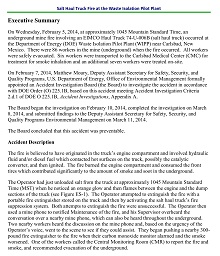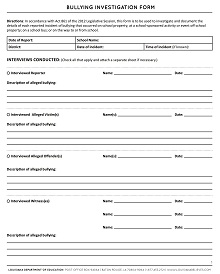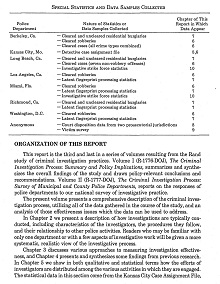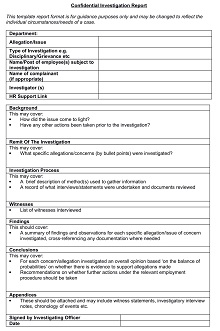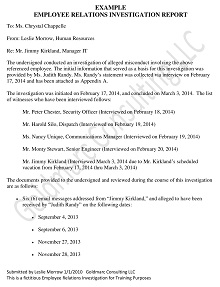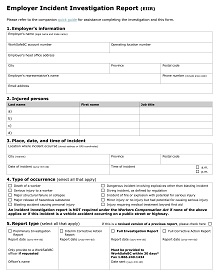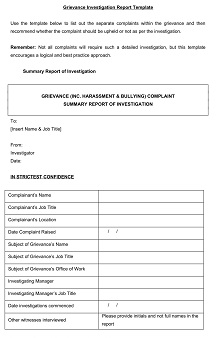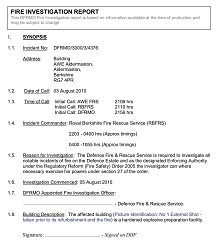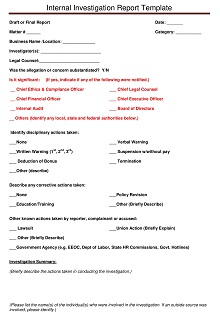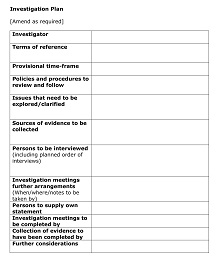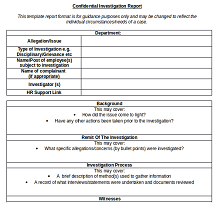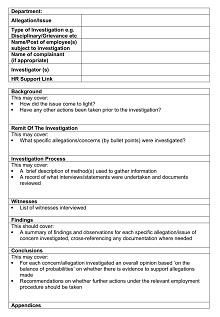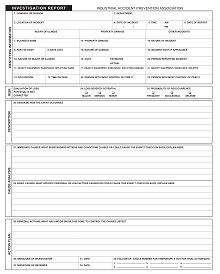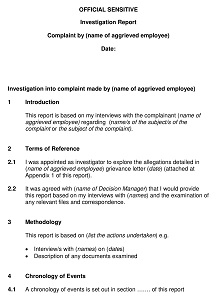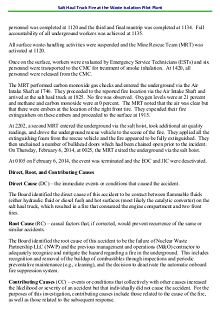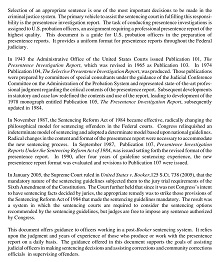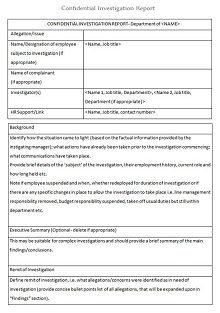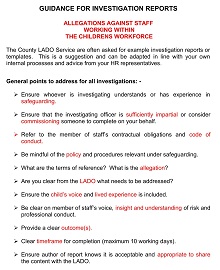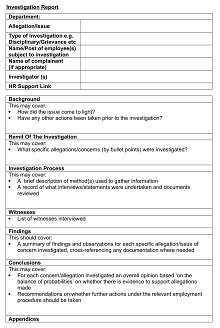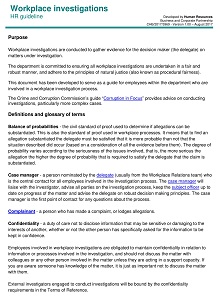40+ Free Investigation Report Templates – Printable PDF, MS Word
An investigation report is an essential piece of research used by professionals and educators alike. It is the sum of evidence collected from a thorough analysis of a particular subject. Through close examination of the data, an investigator is able to present an unbiased summation that can be used for a better understanding of a situation or to draw an informed conclusion.
Both the subject matter and goal are up to the investigator’s discretion and everything in between must be correctly documented in order to achieve a full understanding of the final product. It’s important to keep in mind that this type of report should remain unbiased throughout while still delivering a level of accuracy that allows readers to make their own decisions regarding the topics discussed.
Download Free Investigation Report Templates
What is an Investigation Report?
An investigation report is an important document created by a trained investigator that outlines the findings and research surrounding a given incident or occurrence. It is used to provide evidence for decision-makers to come up with valid conclusions about what happened, why it happened, who was in charge, and their responsibility for the incident. This document includes details from interviews with witnesses, analysis of records and documents present at the scene, measurements of physical evidence, photographs, and other records.
The investigator must make sure that any conclusions derived from the investigation are unbiased in order to ensure justice is done. An investigation report gives decision makers a written record of past events that can be used when determining liability or risk of recurrence as well as setting out preventative steps for similar situations occurring in the future.
Types of Investigation Reports
Investigating a case is a complex process that requires multiple steps. At the end of each investigation, it’s essential to compile an investigation report, a document that summarizes the findings and details of the case. Depending on the type of investigation, there are several different types of reports investigators can use. Here are some of the most common ones.
Accident Investigation Report
Accidents can be minor or major and occur in any environment, from workplaces to public spaces. Accident investigations are conducted to determine what caused an incident so that preventive measures can be taken in the future. The accident investigation report outlines all relevant facts such as witnesses, time and place, evidence collected, and conclusions drawn from the evidence. It also includes recommendations for corrective action if needed.
Forensic Report
A forensic report typically covers criminal activities such as theft or fraud cases. It includes facts about suspects, victims, and witnesses, as well as information about any physical evidence collected during an investigation. The report also outlines how the investigator gathered their evidence and drew conclusions based on their findings. All components must be documented accurately for legal purposes, this means that data must be detailed and verifiable by other professionals within the field if necessary.
Background Investigation Report
Background investigations are conducted for various reasons such as pre-employment screenings or security clearance checks for government employees. This type of report provides detailed personal information about an individual including work history, education level, professional certifications held, references provided by other employers or colleagues, criminal records (if applicable), and more. Background investigation reports must adhere to ethical standards set forth by organizations like The National Association of Professional Background Screeners (NAPBS).
How to Conduct a Thorough Investigation
Investigating a problem or situation can be tricky. The goal of conducting a thorough investigation is to seek out the truth and determine the source of any conflict, discrepancy, or suspicion. The first step is to gather all relevant evidence, such as any available photos, recordings, documents, or reports that could play an important role in uncovering the facts. Once enough facts have been gathered and analyzed, it’s time to start drawing conclusions.
Make sure to document all findings along the way in order to create an objective outcome. Interviewing witnesses is also important in figuring out what happened in a particular event. Findings should be reported clearly and accurately with proper attention paid to both sides of the story. By staying unbiased in your investigation and considering all evidence, you should be able to create a comprehensive yet concise report of what took place in an investigative setting.
How to Create an Investigation Report Template
Creating a clear, concise investigation report is critical for ensuring accuracy and credibility in an investigation. A reliable template is important so that all of the necessary information is included. Here are some tips on how to create an effective investigation report template.
Organize Your Information
The first step in creating a successful investigation report template is organizing all of the necessary information into categories. This will help you create sections within your template so that each piece of information has a designated place. Some categories may include “Background”, “Investigation Process”, “Findings”, and “Recommendations”.
Choose Appropriate Language
When writing your investigation report template, it is important to use language that is professional yet understandable by all members of your organization. Your language should also be consistent throughout the document, for example, using the same phrases or words when referring to specific concepts or processes. Additionally, it is important to keep in mind who will be reading the report and make sure that the language used is appropriate for them as well.
Include Explanation Points
It is helpful to provide exclamation points or notes at various points throughout your investigation report template. These points will provide clarity on particular topics or areas within the report. These exclamation points can provide additional context or direct readers to other relevant documents for more information. Additionally, these exclamation points can help reduce confusion about certain processes or procedures mentioned in the document as well as offer suggestions for future actions that need to be taken based on findings from the investigation.

